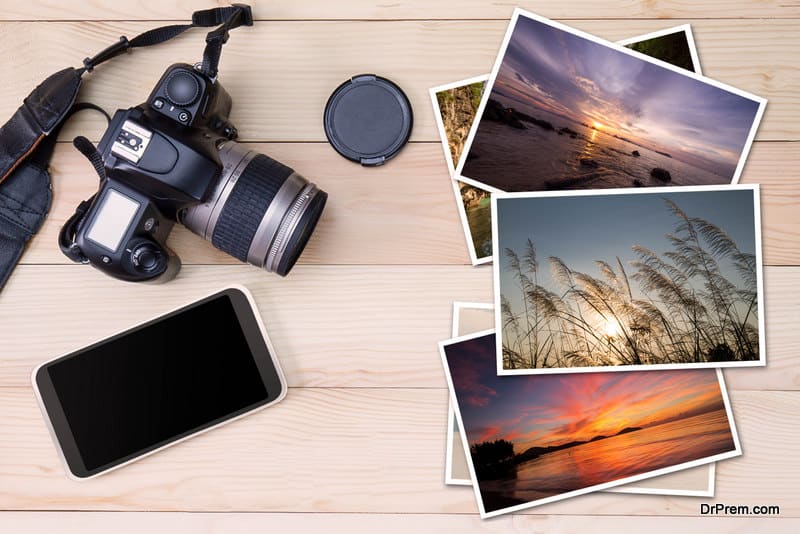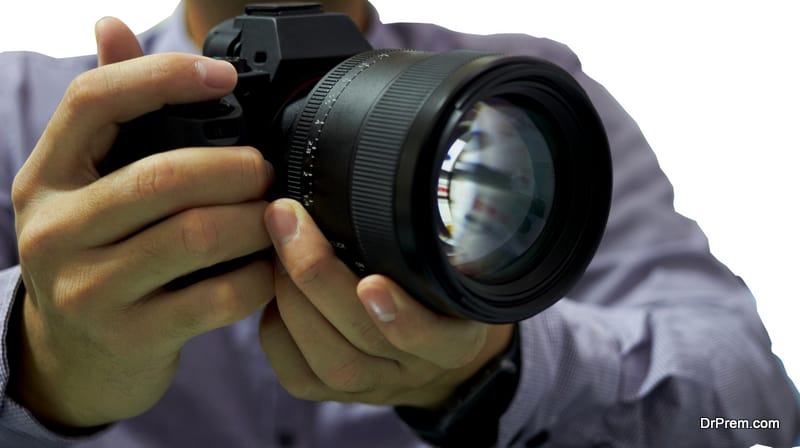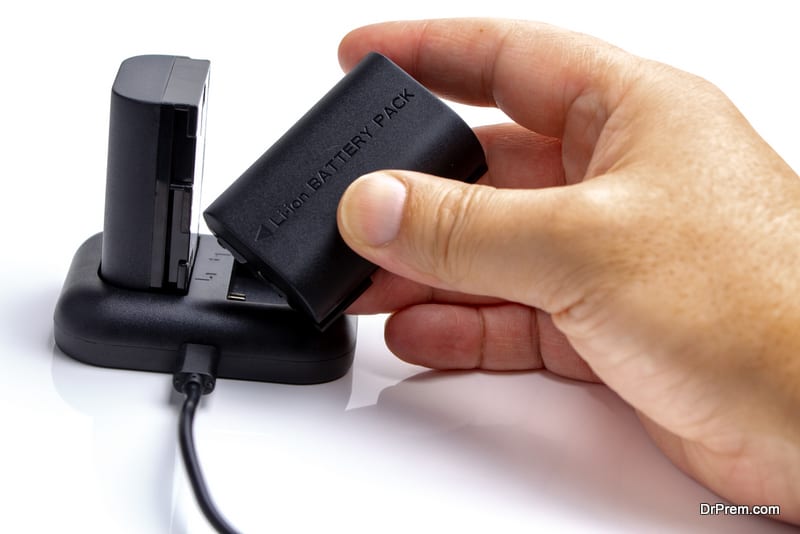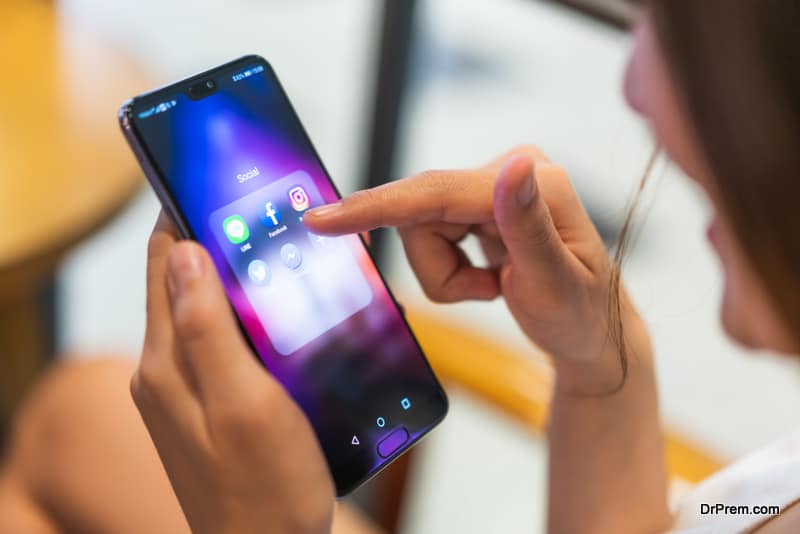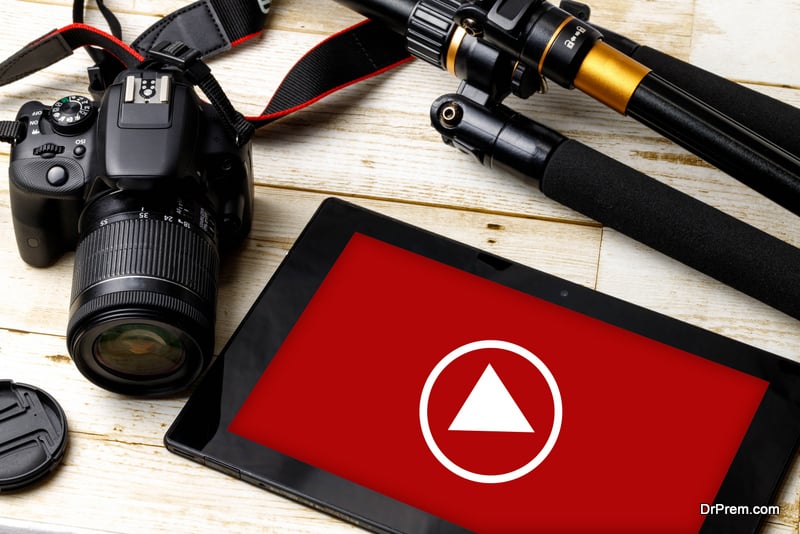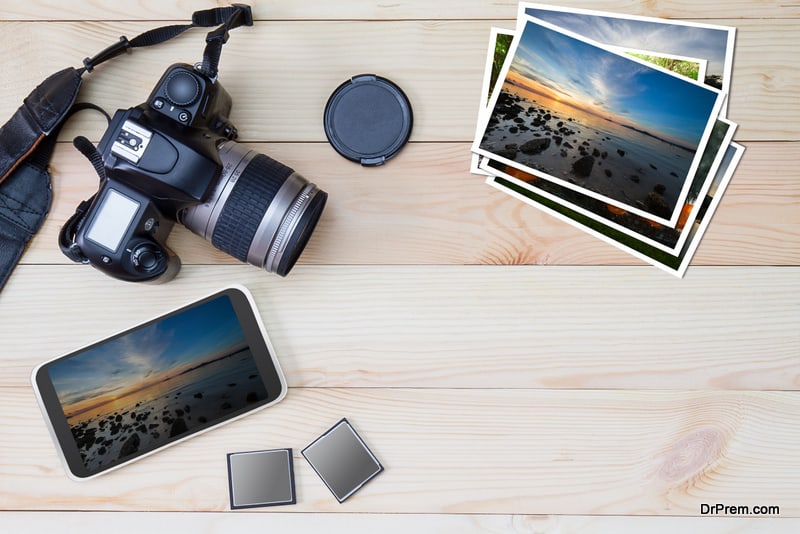With every new launch of smartphones, one of the things that keep getting better are the smartphone cameras. They’re so good that the pint and shoot cameras are no longer used by most people. DSLRs are evolving too, with advancing technology. Smartphones have their advantages, as people can click selfies and photos whenever they want. On the other hand, DSLRs are superior when it comes to photos which need to be printed out in bigger sizes. Let’s take a good look at Smartphones Vs DSLR:
Smartphones Vs DSLR: Do we need cameras anymore?
First, let’s see how DSLR cameras are different from Smartphones:
Sensor Size
Sensor size makes all the difference. DSLR sensors are much larger than smartphones. Sensors work to capture the light through the lens. Larger sensors capture more light, and DSLRs have at least 4-6 times bigger sensors than smartphone camera. Even the smartphone cameras like DSLR such as Google Pixel 2, one of the best smartphone cameras around, have 1/2.6 inch sensors which is much smaller then DSLRs.
Megapixels do not count
Smartphone manufacturers are always proclaiming about the high megapixels in their cameras. Some phones have a high count of megapixels, but the sensor size is less. In DSLRs such as the Nokia D3400 and Canon EOS 1300D, the sensors are APS-C with only 24 megapixels but the output is much better than the phones with high megapixels.
This is because even if DSLRs have lower megapixels, the larger sensors allow for bigger pixels which captures more light, leading to less noise in the photos. So in the camera phone or digital camera debate, megapixels do not count. Digital cameras are better than smartphones in this aspect. Higher megapixels are of not much use if the sensor size is small.
Image processor
The sensor captures light and turns all colors into electronic signals. The image processor takes these colors and build images, and is therefore the brain of the camera. In DSLRs and smartphones, the image processor has to read light meter, access as well as understand the colors in the sensor, check time of image capture and then build the image. The function of the processor is thus crucial for optimum results.
In DSLRs, the image processor has a dedicated job, to decode the information correctly. In smartphones, the image processors work with a lot of different circuitry, and have to work with limited space on the phone. The dedicated DSLR image processor can do a better job than smartphones, and so if you are wondering whether camera phone or digital camera image processor is better, then the digital camera image processor is far superior.
Lenses, Aperture, Shutter Speed
As we have seen, DSLRs are better than smartphones in several aspects. When it comes to lenses, the quality of the lenses is inferior to that of DSLRs. In DSLRs, you have the option to change the lenses into telephoto lenses, fish eye lenses and so on, and have better control over the photographs.
In smartphones, you have the option to attach only wide angle lenses, so specific photography such as portrait photography, street photography, fast action photography, wildlife photography, long distance photography etc is impossible.
The latest versions of iPhones, and the Google Pixels have f/1.8 aperture, making these smartphone cameras like DSLR. Smartphone will become better in time, but they will still not have the same choice of lenses as DSLRs.
Flash
There is a basic difference in the flash of smartphones and the flash of DSLRs. Smartphone cameras have LED flash and DSLR camera have Xenon flash, and LED flash is not as strong as the Xenon flash. Led flash cannot cover large areas unlike Xenon, and so smartphone cameras are useless for photography such as wildlife.
Viewing angle
In doing the quality comparison between smartphones and DSLRs, the smartphones have limited viewing angle due to the focal length which is fixed, and so the quality of the images suffers. But DSLRs have a very versatile viewing angle, with some having upto 360 degrees viewing angle.
Battery life
Smartphone batteries are not as powerful as DSLR batteries which can last for days, as smartphones, due to their multi-functional use, tend to run of batteries quite soon.
Storage
The storage is higher in DSLRs as the videos and images are stored in SD cards with a vast amount of memory. The smartphone memory is inbuilt and storing images is only one of the aspects of it. High res images as well as videos can be stored for a long time in the SD card.
What are the advantages of smartphone cameras over DSLRs?
We have taken a look at the various features which differentiate the smartphone camera from DSLR. DSLRs have the upper hand when it comes to smartphone camera as they have been built for the purpose of photography only, and thus have much better features. But smartphone cameras also have some plus points, such as:
Accessibility
Smartphone cameras may not be the best when it comes to taking out print outs of photos. But they are very handy when you want to capture the beauty around you spontaneously or when you want to click photos which you will never print but store on a laptop pr computer. Almost everyone owns a smartphone with camera so even without any kind of camera, the special or fun moments of life are captured. Accessibility is therefore a big plus point of smartphone camera. Only avid amateur photographers or professionals carry around DSLRs.
Portability
Smartphones are highly portable, as they are much smaller in size than DSLRs and lighter. The bulky DSLRs require other equipment to be carried along with them such as lenses, flashlights, tripod stands and batteries. Besides, you have to be always careful about the expensive DSLR and equipment because it is expensive to replace if the camera or parts are lost or stolen.
Sharing the images/videos
You can instantly share any video or image over social media with smartphones. This is another reason why smartphone cameras are so popular. But to send files with the DSLR, even though they have connectivity options such as Bluetooth, Wi-Fi etc, you have to connect the camera with a laptop, PC and tablet. Or else, you require a companion smartphone app through which you can share the images on social media.
Image editing
DSLRs have inbuilt image editing function. A few smartphone cameras also have this feature, but it is uncommon. You can however download a free image editing software in a smartphone to edit the images, using filters and so on. Apps such as SloPro and CloudSplash FX are great for slow motion and high end editing.
In DSLRs, you have to make do with the inbuilt image editing feature. You can transfer the images to a PC or laptop to edit on a professional software like Photoshop.
Cost
Smartphones range from affordable to expensive, and if we do a quality comparison, then a good quality DSLR camera is prohibitively expensive, much more than a smartphone. From the price point, smartphone camera is good enough for those who are not into professional photography.
Advantages of DSLRs over smartphone
Picture quality
DSLR images are definitely better than smartphone images, even though there are phones such as the Google Pixel 3, iPhone XS and iPhone X. However great smartphone cameras are, they cannot match the color range of DSLRs.
Functionality and versatility
The option to use many types of lenses in DSLRs gives it an edge over the smartphone. You can choose the kind of lens you want for specific types of photography. Smartphones have only one lens so their lenses choice is limited.
The versatility and image quality of DSLR cameras make them the preferred choice for special events such as weddings, christenings, or other events which people often develop into large photograph albums. For exquisite portraits or wide angle photography for landscapes, night photography and so on, DSLRs are undoubtedly the superior choice.
Physical shutter
DSLRs have an advantage as they have a physical shutter allowing better control and leading to better images. Smartphones have electronic shutter which does allow you to see exactly what the camera is seeing, but at higher ISOs, it leads to picture noise. Due to the physical shutter, the DSLR cameras can capture fast moving objects instantly, while smartphones sometimes experience shutter lag.
Image processor
As we already discussed, the image processing capacity of DSLR cameras is far ahead of smartphones. This is because they have one dedicated function, and smartphones have several functions. Canon DSLR cameras have DIGIC 4+ processors and Nikon uses Expeed 3 or Expeed 4 processors.
Do we need DSLR cameras anymore?
Well, we definitely do need DSLRs even though we can’t take selfies like we can with smartphones. Smartphone cameras are great for social media images which do not need high resolution. For higher resolution, better quality photos, we still require DSLRs to record the special occasions, for spell binding landscape photography, huge billboards and posters and more.
So for the casual photographer, the smartphone camera is good enough, but for high end professional results, DSLRs are the best.


